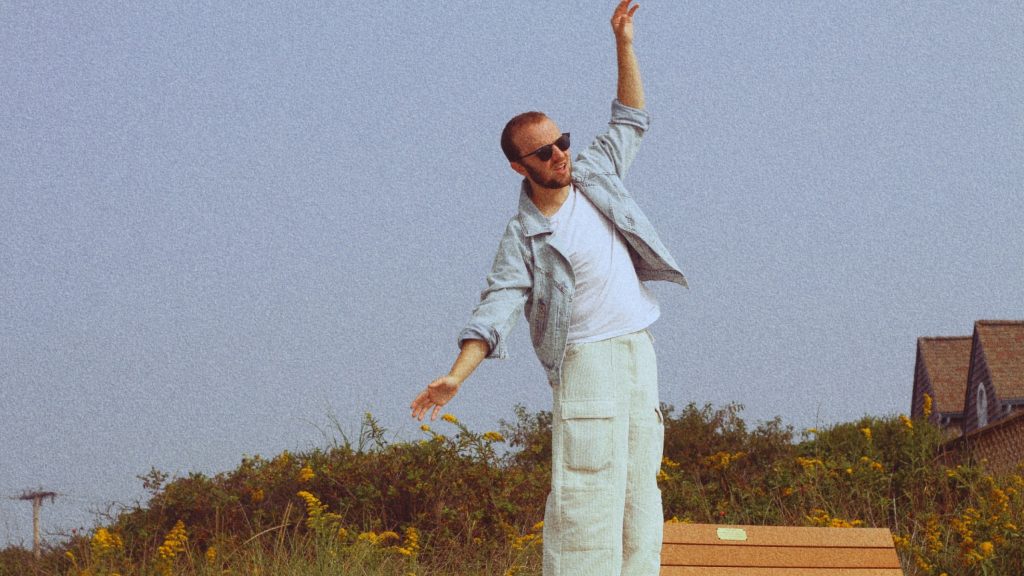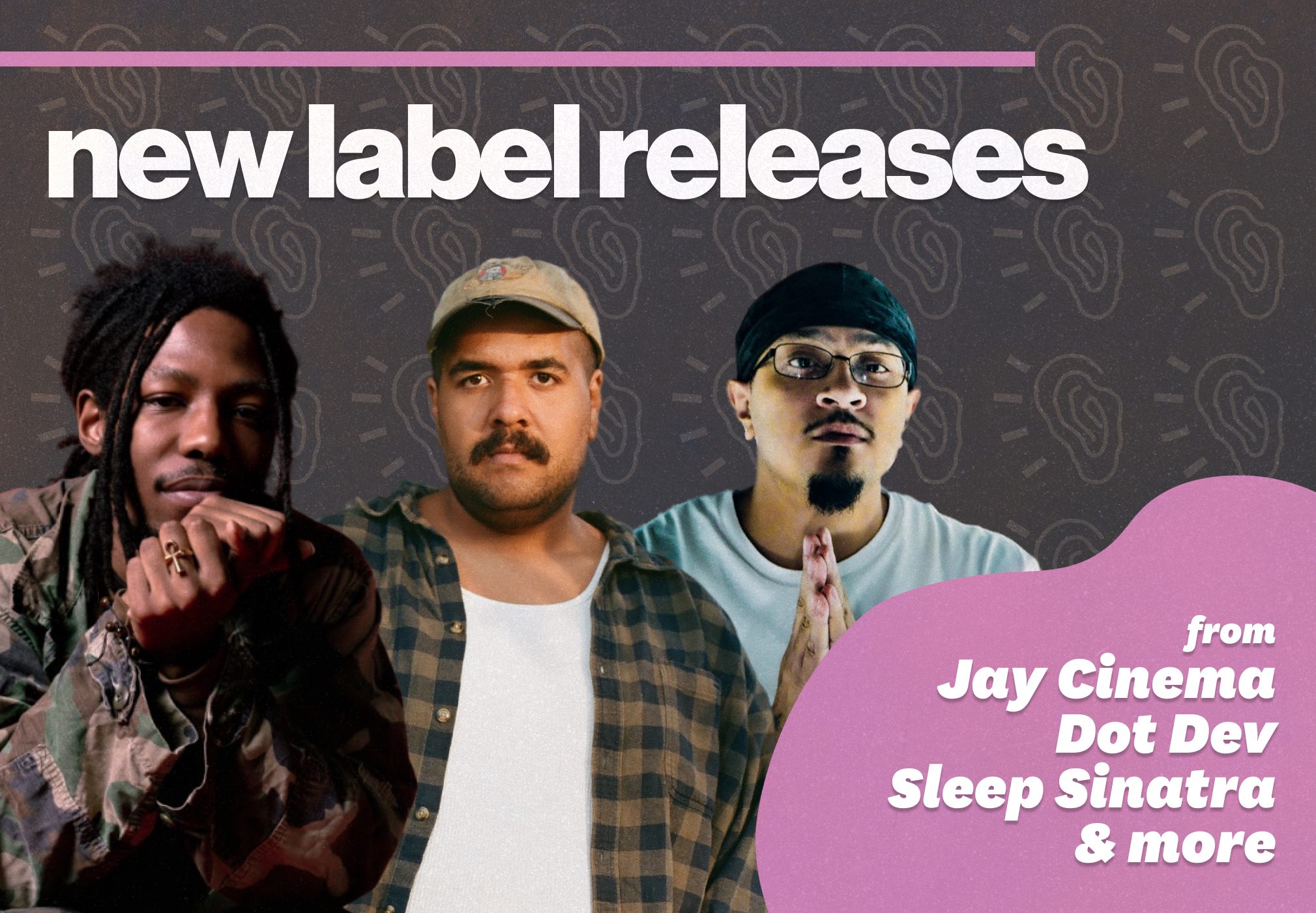Based in the vibrant music scene of Massachusetts, Maeko is an indie pop artist whose evocative lyrics and captivating melodies are making waves. He began releasing music in December of 2016 with the uplifting summer feeling of his hip hop and rap single “This Feeling is Unmatched,” and has since played numerous live shows, establishing a strong presence in the community. With a rich tapestry of influences ranging from classic rock to contemporary indie, Maeko has developed a distinct sound that blends introspective storytelling with infectious pop hooks.
Last month, Maeko released the single, “Don’t Let It End,” a song inspired by the idea of holding onto that unforgettable moment. It features a catchy beat with electronic elements and slightly distorted vocals. Lyrics evoke a sense of chaos and uncertainty, with imagery of a cold wind, a bending road, and dice falling, symbolizing the unpredictability of life. The repeated refrain of “a whirlwind” emphasizes the theme of being caught up in the whirlwind of existence. Accompanying you on a wave of high, the song enraptures with its synths, carrying you away. In a recent late-night interview with Maeko over Zoom, he shared his inspiration for the song, talking about the idea of holding onto that moment of being high. This “high” may not be related to drugs or alcohol; it can be anything that gives your mood a boost and helps you get on in life.
For so many artists, personal experiences deeply shape creativity, and Maeko is no exception. The journey to becoming sober has impacted how he approaches music, bringing depth and honesty to his work. When speaking with his friends, Maeko finds wisdom in simplicity. He might explain a complex idea at length, only to see a friend distill it into one powerful sentence. “I felt if I only gave you that line, you’d get the whole song,” he reflects on one such experience. That realization has impacted his songwriting—he tries to capture the essence of what he’s going through in a concise yet powerful manner.
Now, his sobriety journey has amplified his ability to bring authenticity and vulnerability into music. “The first verse, for example, is a story from back in high school where I had this big moment with this big thing that was getting a lot of attention. It was one of my first times on stage, [and] I rode the high of that, woke up, and felt like a fraud. I didn’t know what I was doing [or] who I was. I think that line captures that,” he tells me.
This personal journey to sobriety is not only reflected in his recent track but also in the music video. In it, we see Maeko running in the rain down the side of a road, umbrella in hand. One by one, he removes t-shirt after t-shirt, each with a word, coming together to form the phrase, “How many times can I go all in like this?” We further see the analogy between the highs illustrated in this statement. After getting sober from alcohol and drugs, Maeko found himself in the studio. This was like a game of whack-a-mole, where another obsession replaced one. “Even in the first couple of years of sobriety, it was a little unhealthy. Just like twelve to fourteen-hour sessions, burning the candle at both ends. I think, in my more recent memory of sobriety, I’ve been able to chill out and get a bit more mindful,” he shares.
Maeko has approached this with a more thoughtfulness in his music. “Intentional is the best word for my music-making,” he continues, “I feel like I used to just go into the studio, two coffees deep, anxious about deadlines, just being ridiculous. I can still get a little anxious about this and that, but I think I go in with a better mindset. Now, it’s a little more grounded.”
With “Don’t Let It End,” Maeko feels he has succeeded in creating a video that accompanies the song and amplifies its impact. The visual narrative now adds layers to the listening experience, allowing fans to connect with the music on a deeper level, as Maeko offers a nuanced reflection of the highs and lows of this mindset. From the moment he leaps from his metaphorical starter block until the end of the video, where he runs out of stamina, we see the illustration of riding one such high to exhaustion or overload.
Maeko doesn’t usually start songwriting with a specific end goal but instead allows the melody to guide him. For “Don’t Let It End,” the melody came first and set the basis; the sustaining buzz in the chorus itself felt like riding a high, and from that came the idea of embracing highs to avoid certain realities. “I knew the song was about riding a wave of a high because you don’t want to face whatever it is,” Maeko explains. “It could be something simple like yourself or the fact that you don’t have a job, or it could be something deeper, like things you’ve been through. I want people to interpret that.”
What is so beautiful about the track is its relatability and open interpretation. Each listener might find their meaning—what highs they seek and why. Whether this is a way to take a short break from day-to-day stresses or a way to cope with major issues, the song speaks to a universal human experience. When the music industry spins fast, a touch of connection and groundedness becomes increasingly difficult to achieve. For Maeko, coping comes in the form of short, meaningful moments. “I love to walk,” he admits, adding, “I try to spend time with my friends, family, and girlfriend; [I] get outside a good amount, especially first thing in the morning.”
Creating music is often a team effort, and for Maeko, the process involves a talented crew. “Don’t Let It End” is the collective effort of producers Dephrase and CamBlu. CamBlu is a close friend of Maeko and helped to initiate the track. The creative synergy of the two got things underway, and then Dephrase, another long-time collaborator, stepped in to shape the piece further. Having produced about fifty to sixty percent of the music Maeko has put out, Dephrase is an instrumental figure in his musical journey. “I don’t produce a whole lot, but it was fun. I can hum something, and Dephrase can play it on whatever instrument.” The combined talents of Dephrase and CamBlu are thus crucial to the production, making each track a blend of their respective skills and shared vision.
As fans eagerly anticipate new releases, Maeko gives a little insight into the future of his music. “I feel like the songs are all building to an eventual album,” he reveals. “It’s not that mysterious. It has to do a lot with the risks we take—good or bad—and all the distractions we face. So if you watch the videos, you’ll see some themes of casino-type stuff.”
He looks back on the previous year when only two songs were released. “Last year was kind of weird. I put out two songs—and I put good intentions into them—but this year the tide changed,” he says, noting a newfound excitement and a desire to release more music without overthinking it. “I just feel excited to keep putting stuff out and not be too precious about it.” Moving ahead, fans can expect a regular flow of new music and videos, all with a personal touch and a hope for connection. “I want it to connect. I think every single time before releasing a song or a video, I should say, ‘Let this connect with whoever needs it.’ So that’s the message for now.”





